As a start-up founder, your influence shapes early company culture dramatically. But smart founders proactively build cultural resilience beyond any one person. Here’s how to ensure your values outlast you.
Why Founders Leave
Common reasons for founder transitions:
- Seeking a new challenge after achieving major milestones
- Burnout after the all-consuming startup grind
- Investor or board pressure as company scales
- Health issues or personal factors necessitating change
Whatever prompts your exit, lay cultural groundwork ahead of time for continuity.
Avoid Overreliance on You
Companies overly dependent on founder’s risk destabilisation when they depart:
- Processes bottleneck around founder decision-making vs. distributed authority.
- Teams wait on founder direction rather than taking initiative.
- Values remain conceptual buzzwords not operationalized without you there to “personify” them.
Ingraining culture across the entire organization prevents vacuum and confusion post-transition.
Plan Succession Early On
Get ahead of eventual founder succession:
- Discuss orderly transition plans with your board 1-2 years out from envisioned departure timing.
- Develop rising star leaders to ready them for bigger roles. Assess their culture fit.
- Probe investors on their post-founder leadership expectations at your startup’s stage of growth.
- Research common founder to professional CEO transition models. What may fit your needs?
With ample runway, you control the transition versus reacting to outside pressure.
Systematise What You Can
Where possible, codify ways of operating:
- Document playbooks on essential processes like product development, customer support, employee onboarding. Remove founder reliance.
- Train others to independently handle tasks you currently drive. Don’t create single points of failure.
- Standardize successful rituals and programs historically tied to you like all-hands meetings, offsite outings, staff birthday rituals.
Write down the startup “secret sauce” so it continues being made after you’re gone.
Develop Next Generation Leaders
Build a leadership bench beyond yourself:
- Assess potential successors within the company equipped to step up. Develop and vet them over 12-18 months.
- Supplement internal options by recruiting externally experienced executives ready to lead companies at your startup’s stage.
- Focus manager development on culture enactment and coaching emerging leaders, not just domain expertise.
With numerous capable leaders, culture carries on distributed across the organization, not concentrated in one founder.
Craft a Culture Manifesto
Outline an enduring set of cultural cornerstones:
- Beyond values, define tangible behaviours , rituals, and norms exemplifying your startup at its best.
- Develop a manifesto articulating how you expect employees to interact, collaborate, grow, and execute based on learnings from scale so far.
- Solicit broad team input to make it inclusive, not just the founder’s perspective. Incorporate feedback.
The manifesto guides decisions and mindsets when you’re no longer there as compass.
Embed Values Everywhere
Make clear values part of everyday work, not lofty walls posters:
- Share stories and case studies demonstrating values in action by employees to set expectations.
- Assess project outcomes and employee evaluations against cultural values, not just business results.
- Call out contradictions when processes undermine values. Fix misalignments immediately.
- Recognise and reward behaviours exemplifying desired cultural attributes.
Values mean little unless operationalised. Visibly connect them to real start-up life.
Solicit Team Perspectives on Culture
Learn employee views to shape enduring culture:
- Survey staff on defining traits of the current culture and those to preserve or change.
- Interview and gather feedback from tenured employees on the startup’s cultural evolution.
- Discuss cultural aspirations and risks during small group lunches or all hands meetings. Captures themes.
- When offboarding, ask exiting employees what to protect and improve. Look for patterns.
Inclusive culture comes from collective voices, not the founder’s alone. Amplify multiple viewpoints.
Communicate the Transition Clearly
Reduce uncertainty by outlining plans and rationale:
- Frame the move as a milestone indicating start-up maturity, not founder dissatisfaction.
- Announce handoff of select duties to successors over 12-18 months to acclimate employees incrementally.
- Be visibly present and engaged during transition period to reassure staff and collaboratively solve issues arising.
- Address concerns and rumours transparently and promptly. Overcommunication relieves anxiety.
Clear, continuous communication smooths bumps as the organisation adjusts post-founder.
Retain Institutional Knowledge
Stay tethered to the startup’s journey:
- Accept a board member or advisory role to provide perspective on major decisions from company memory.
- Schedule regular check-ins with new leadership to consult on strategy and preserving culture amidst growth.
- Offer guidance during critical moments like international expansions, IPO preparation, major competitive threats based on your experience.
Removing founder oversight completely forfeits invaluable insights. Find the right ongoing role balancing fresh thinking and history.
Change Your Routines and Behaviours
Signal the cultural transition through your actions:
- Reduce or eliminate time spent in areas now delegated to others. Attend meetings mostly as observer.
- Lean on successors publicly when issues arise versus defaulting to swoop in.
- Physically sit with staff, not apart, to experience the average employee environment.
- Alter where and when you work out to disentangle your founder identity from the office setting.
Employees will mimic your post-transition behaviours. Model pulling back.
Let New Leadership Lead
Once you’ve transferred responsibilities:
- Empower your successor to make changes without founder critique. Avoid overstepping.
- When asked for input, coach and advise, but let new leaders find their way.
- If you disagree with their strategic course, voice concerns constructively but allow them room and time to redirect independently if needed.
- Focus any remaining duties fully on them rather than what’s changed since you gave up the reins.
The more space provided for new leadership to stretch, the faster benefits emerge.
Take a Founder Sabbatical
A temporary clean break accelerates culture stabilisation:
- After announcing your successor, take a founder sabbatical – a month to several months – for uninterrupted reflection and recharge.
- Hand off daily oversight entirely to new management during the sabbatical. Avoid contacting them except for emergencies.
- Upon return, reset involved as advisor or board member focused on high-level guidance only.
Absence allows new protocols and power structures to solidify before resuming an alternate role.
In Conclusion
Transitioning founders must proactively shift ingrained cultural reliance on them to distributed ownership by others. This requires foresight and intention to prevent an unwelcome shock once you’re gone.
With gradual delegation, clear communication, and adapting your behaviours, you ensure the strong foundation you established evolves rather than fractures post-founder. A thriving culture outgrows any one person. Plan for your company to do the same.

